Potosì DIY, August 13 and 14
It’s amazing that a city at 4000 meters above sea level could enclose such treasures. I do not know why, but I expected it to be dusty, shabby, dingy. Potosi leaves me breathless, first for the sumptuousness of its buildings, and then for its rarefied air.

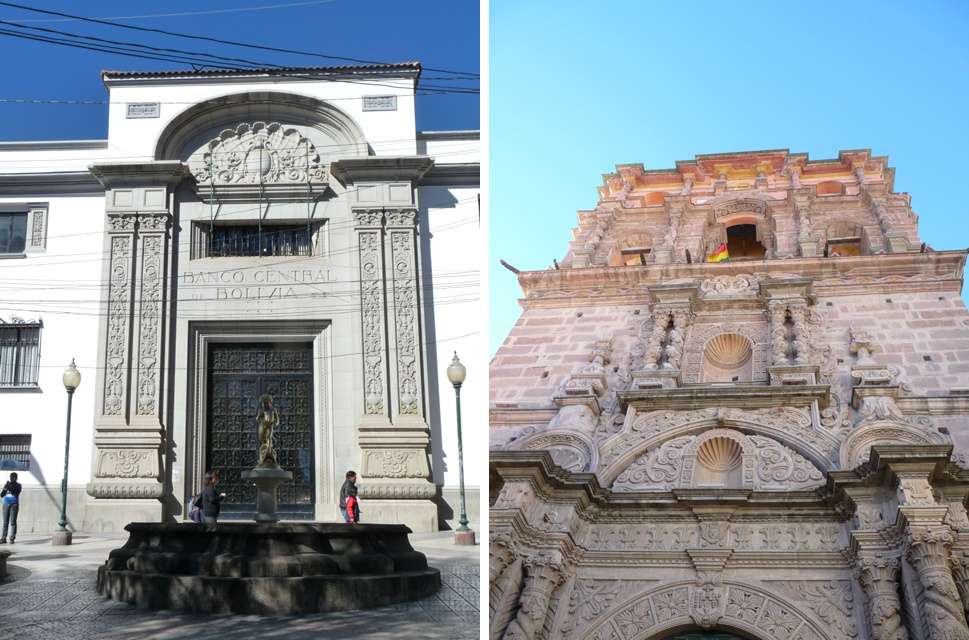
A taxi compartido from Sucre (60 BOB), shared with two lovely ladies from Santa Cruz, leave us in the late morning in the main square. The most renowned tourist agency, Koala Tours, is right there in front, and I take this opportunity to ask availability of some hostels. They show me some pictures, the cutest one seems to be the Eucalyptus Lodging, 200 BOB. I walk around to find something else. I follow the first suggestion given by the two Bolivian ladies on the taxi “if you feel short of breath do not panic, do not worry, and wait” They also suggested the Hostal Colonial, which I find a little later, but even if beautiful, it’s a little pricey, 380 BOB. Other hostals cheaper than Eucaliptus are hovels, others are beautiful but expensive, in the end we choose Eucaliptus. The rooms are brightly painted, and heated exploiting geothermal energy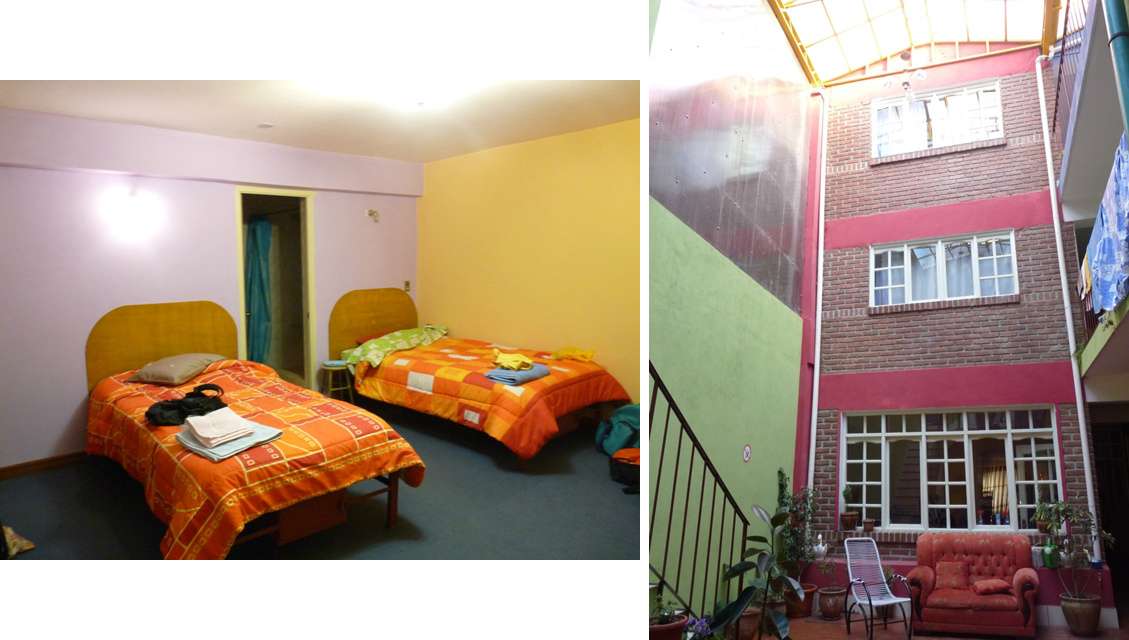
We are lucky, we will meet later people who spent sleepless nights cold in 400 BOB rooms in other hostals.
After a lunch at Coyote Grill (25 BOB an omelet) we explore the city. Potosi is located in an area rich in mineral resources, the first to be discovered by the Spanish colonizers was silver, extracted massively from Cerro Rico, which stands next to the city, in a quantity that, say the Bolivians, it could have been possible to build a bridge to Spain. In the good times Potosi was very populous, rich, and frequented by artists, who launched new trends and fashions. From what I was told, it was even compared to Paris. 6 million natives died in these mines. The era of splendor left traces in the opulent churches, towers, convents, palaces. Exhausted the minerals, Potosi entered a regressive phase.
Currently, it is possible to visit the mines, the excursion is organized from all hotels.
The entrance to the House of Moneda costs 30 BOB + 20 BOB for camera. It’s mandatory to participate to guided tours. Paintings by local artists and original machinery used for minting coins are exposed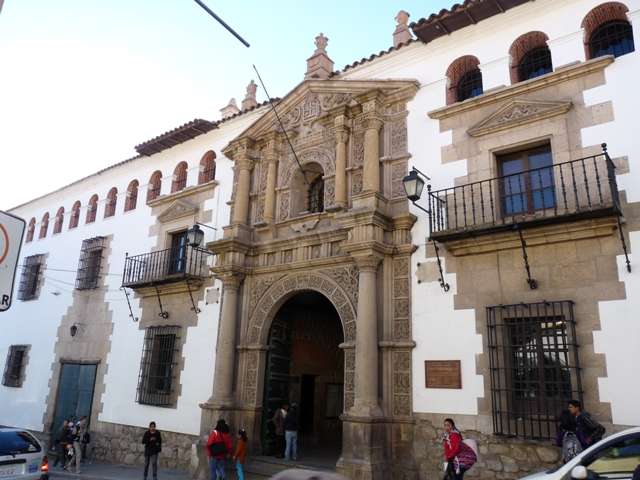
The entrance fee for the Cathedral is 15 BOB, the interior is nothing special, apart from the beautiful organ, but from the bell towers there is a beautiful view of the city and Cerro Rico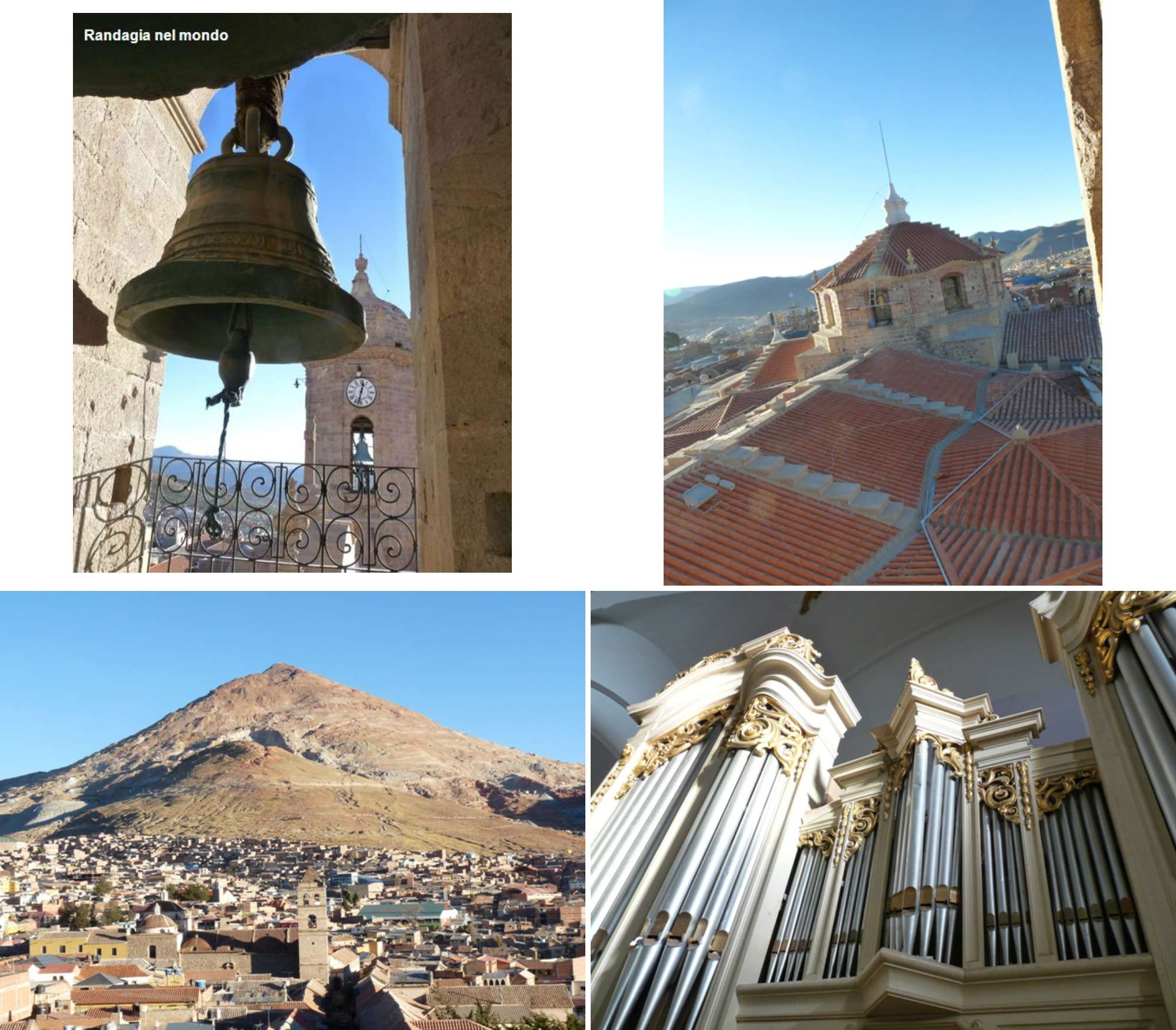
The city center is teeming with life, old crafts exercised in the street, processions and protest marches
The pedestrian “paseos” are crowded of young people, and bordered by shops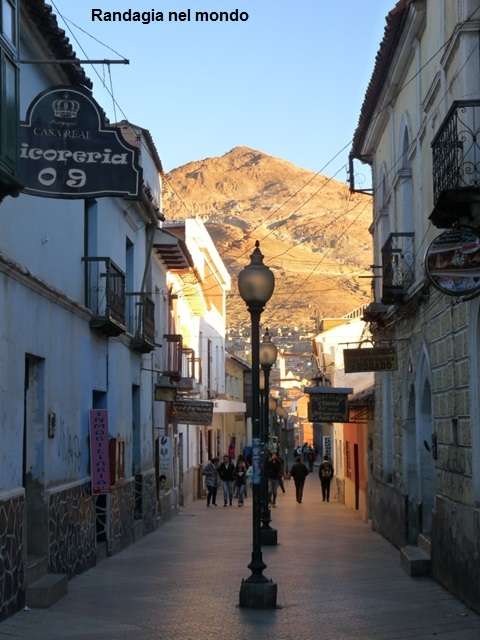
The tower of the Compañia de Jesus has been beautifully restored, and an efficient tourist office was created on the ground floor. In the evening the old town is all lit up, by far better than Arequipa and Cuzco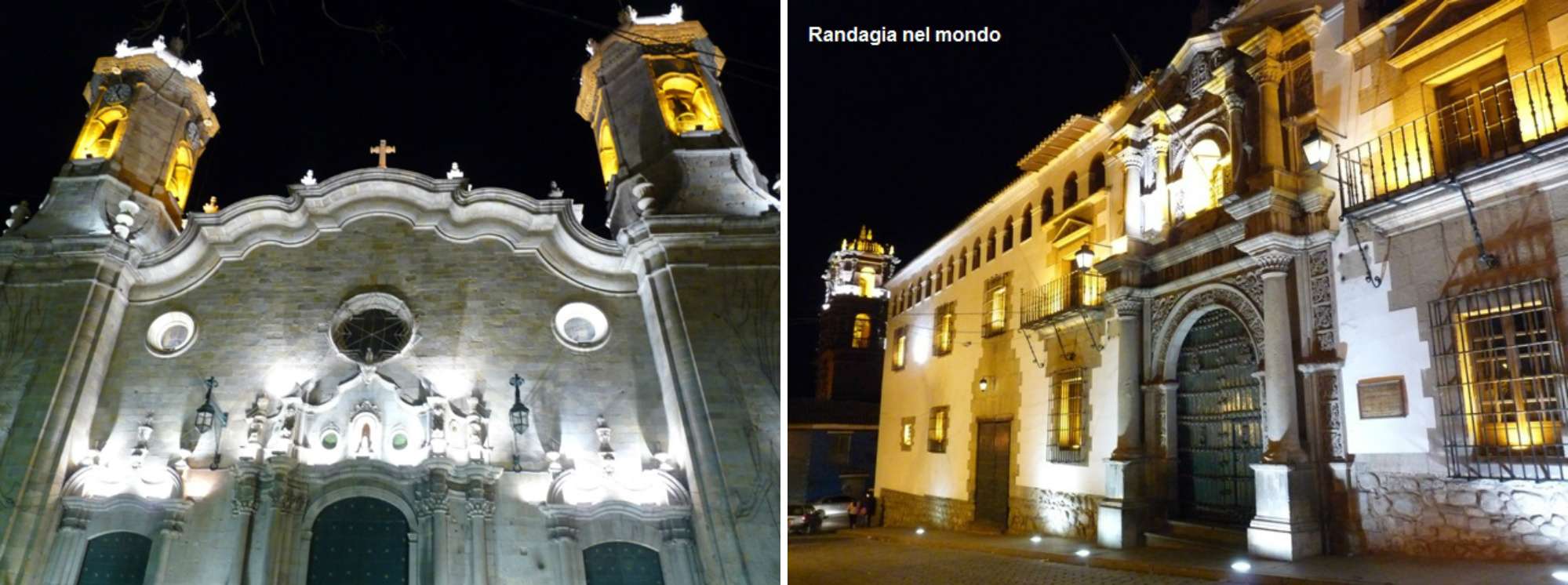
Dinner at Koala Cafe (16 BOB)
The hostel’s room is even too hot. I think that the temperature touches the 23/24° Celsius.
The next morning I visit the Santa Teresa convent, entrance 21 BOB +10 for the camera. Here too, the guided tour is mandatory. Since the rooms are very cold, bring a warm fleece even if outside the sun is shining. Also here are pictures of very famous Bolivian painters, donations of the nuns’ families have been used to decorate the halls with lavishly gilded sculptures and crucifixes, but there are macabre details as well, like the skull exposed in the refectory, luxuriously embroidered vestments, and penitential devices such as cilices. It won’t be the Santa Catalina Monastery in Arequipa, but they are still 90 minutes well spent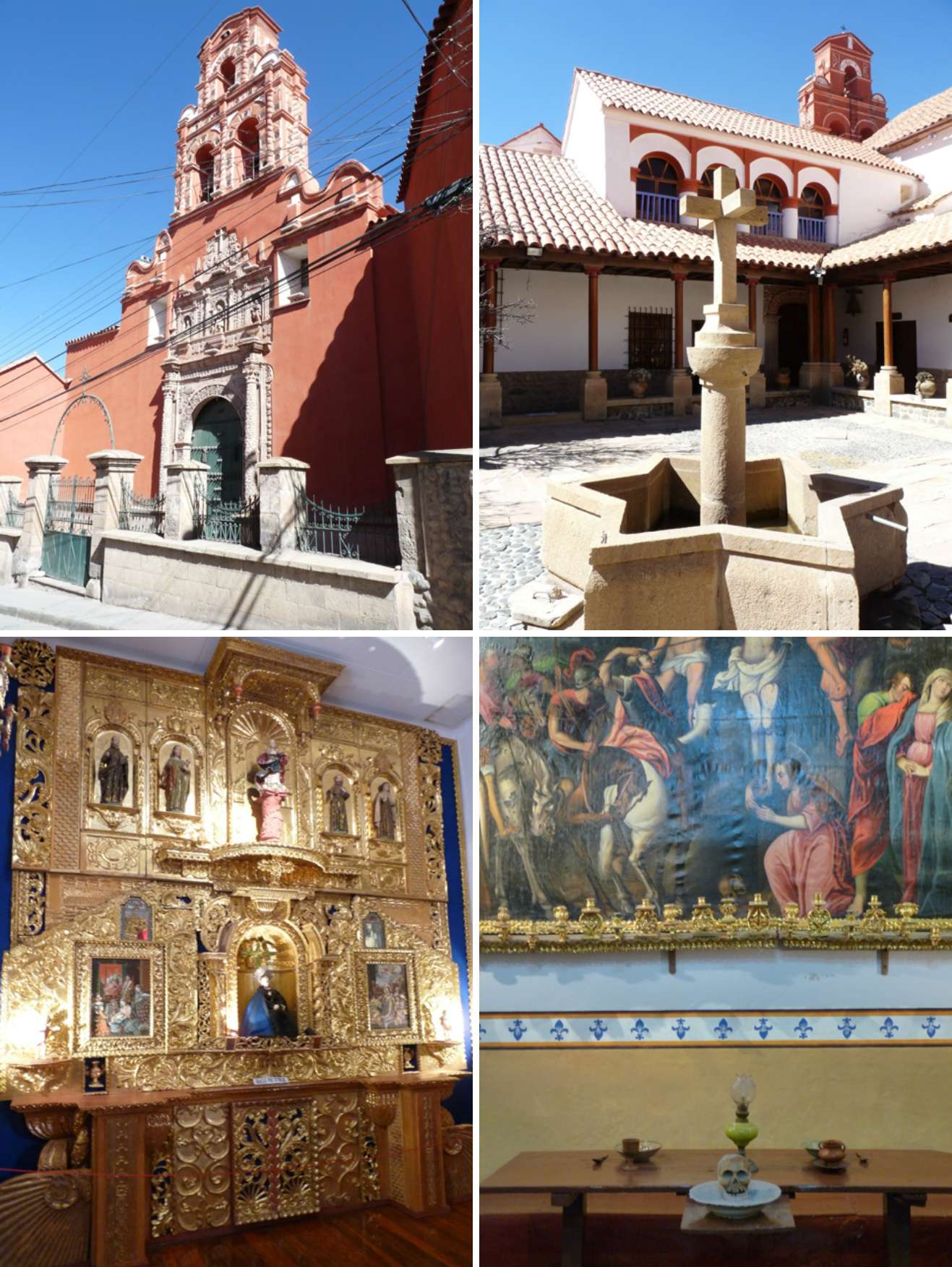
At 14.30 it is the turn of the Church of San Francisco, 15 BOB for the dome and the catacombs. It’s not possible to visit the convent because it will open only later, and I have no time to wait. Here too a guide follows constantly me and two Japanese guys, we climb to the roof to enjoy the view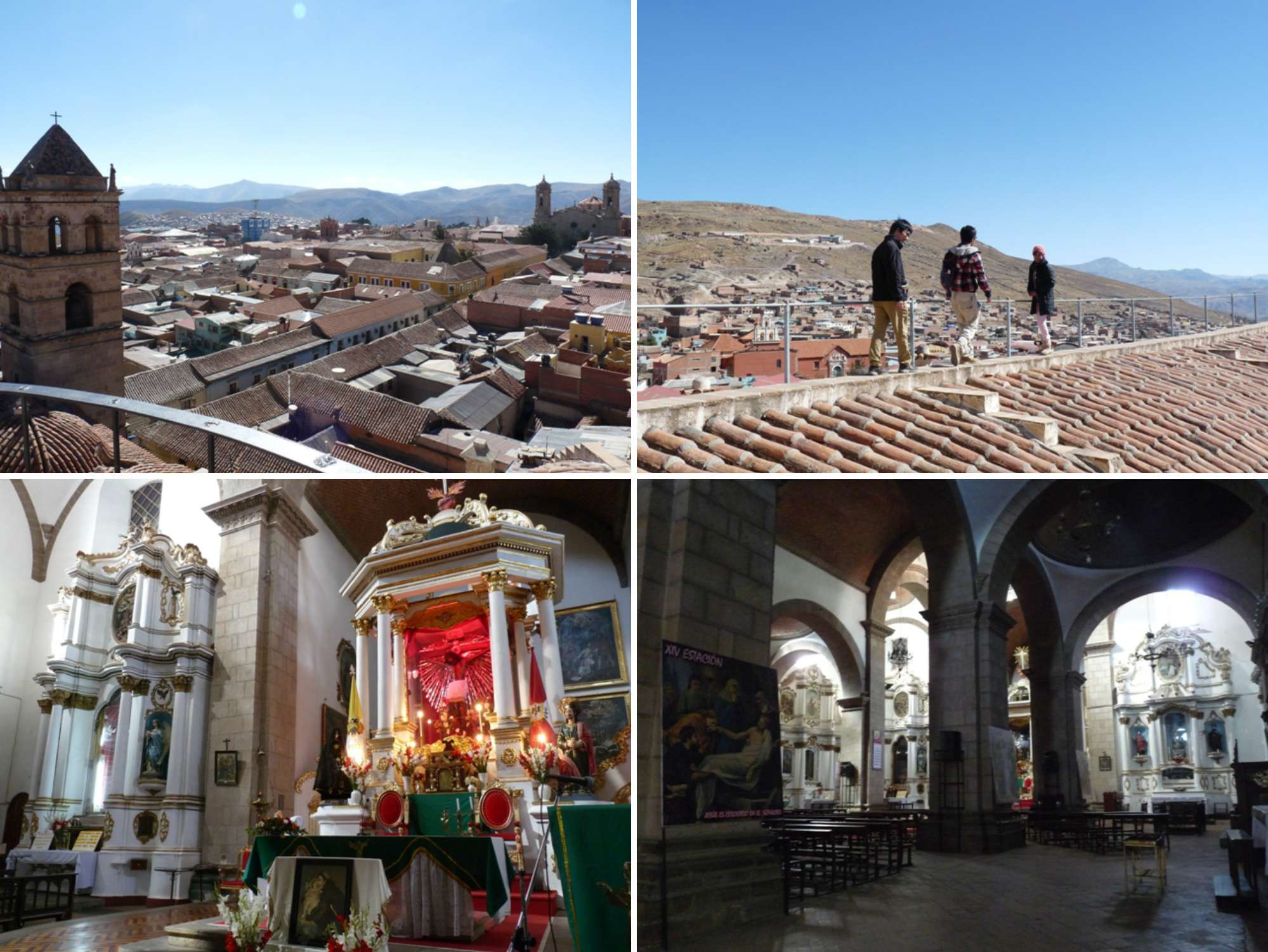
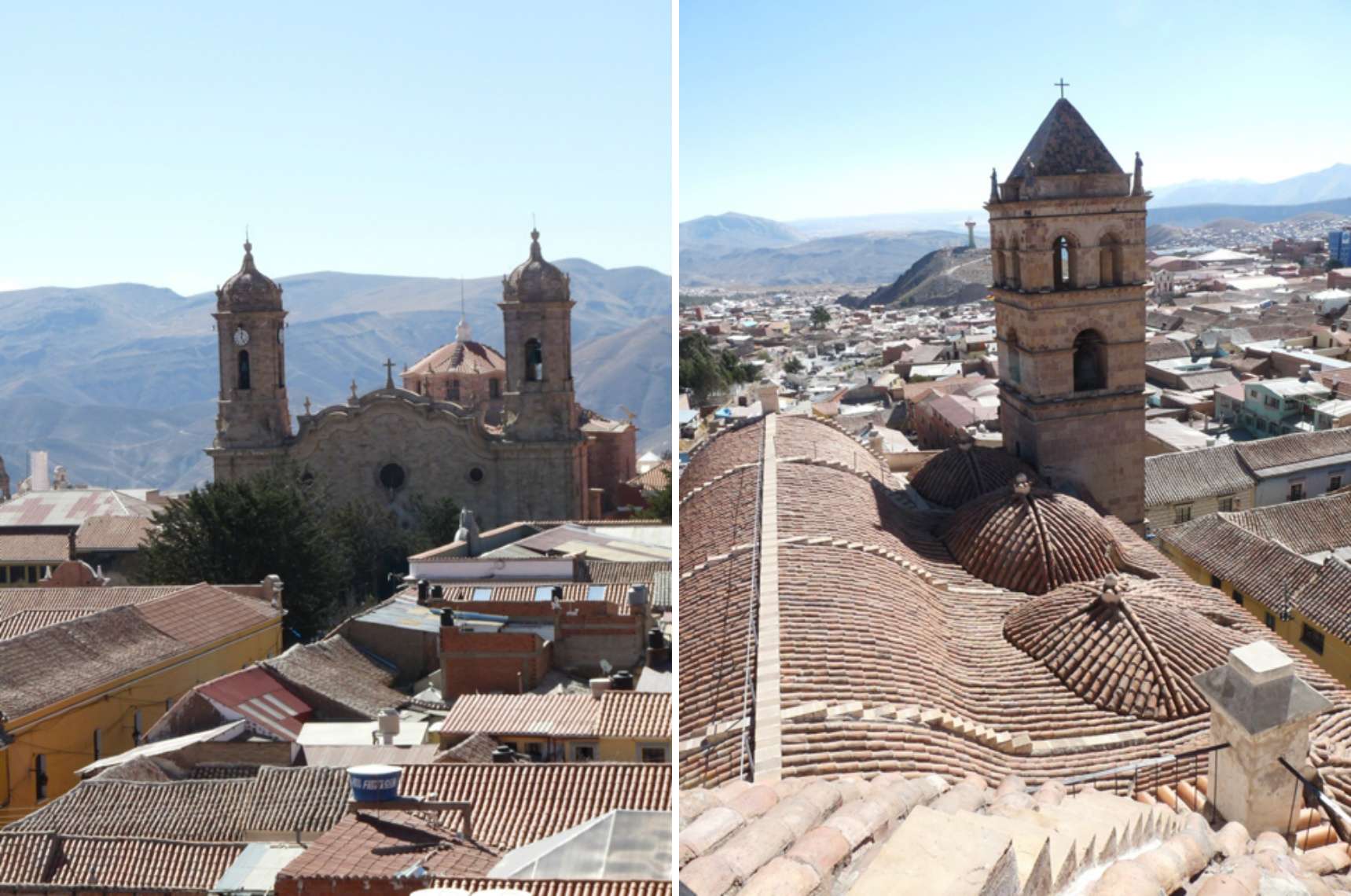
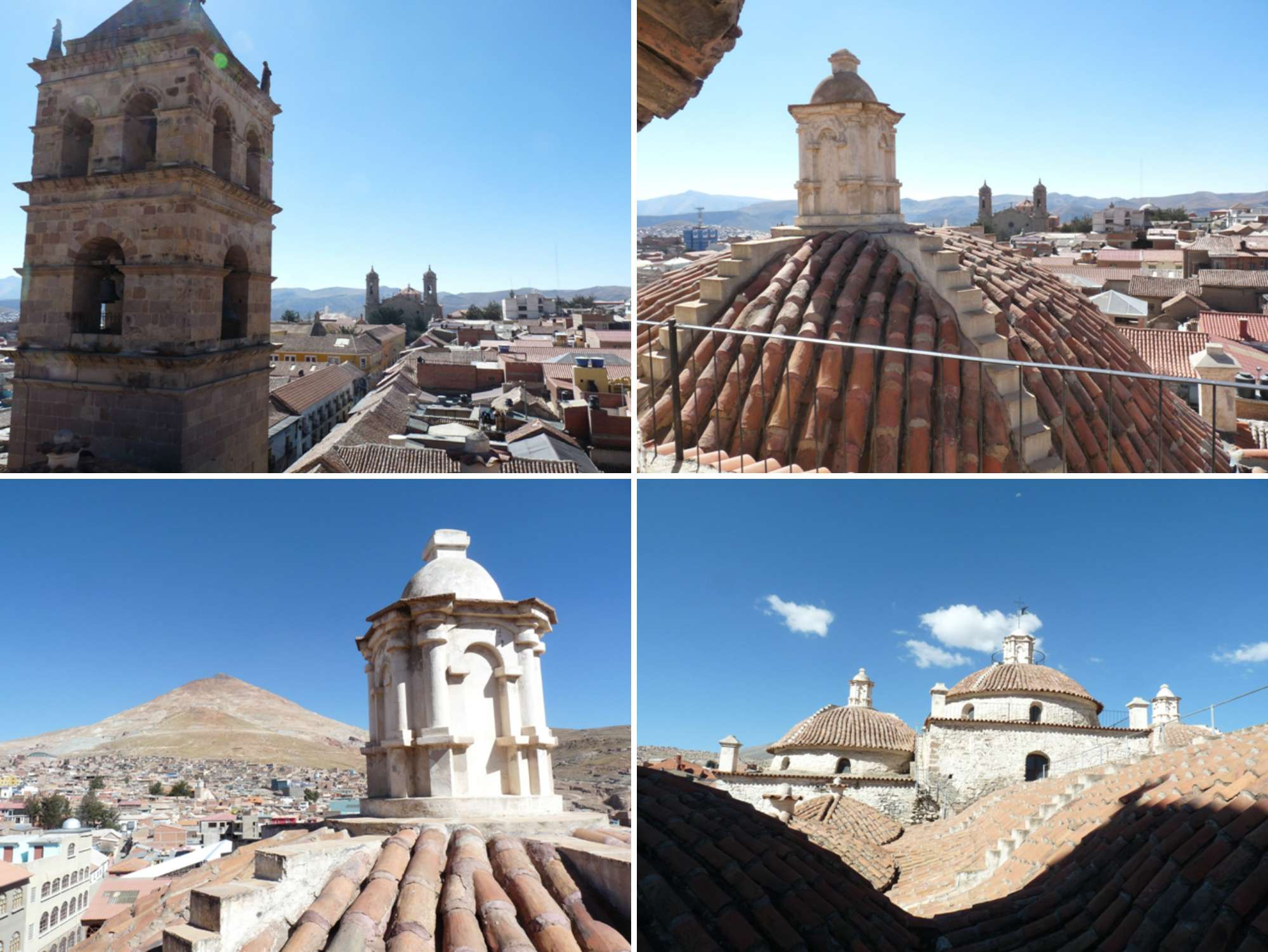
The catacombs hosts the remains of the monks who lived in the convent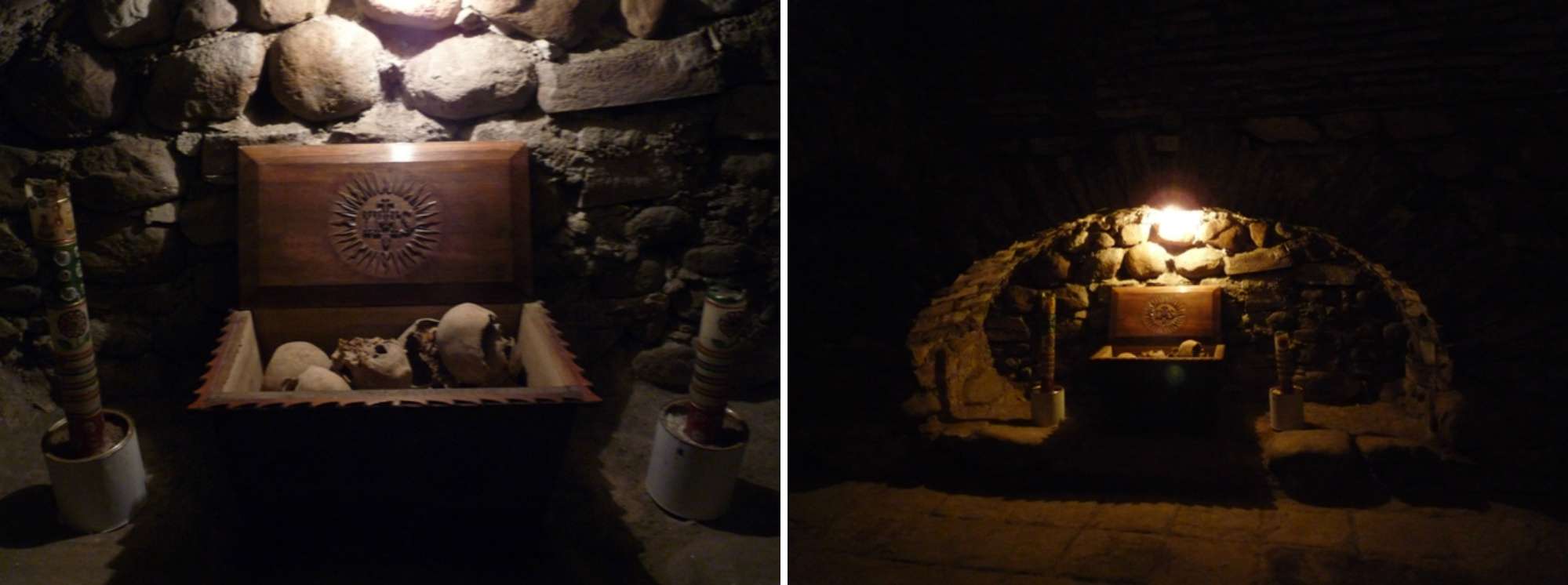
I spend the rest of the afternoon wandering aimlessly and observing the everyday life flowing around me, people resting on benches, working in shops or in the street, typists in the street of lawyers’ offices, nothing to see with ours, small, messy and dark basements on the ground floor.
On one side of the main square a beautiful wooden bar, the Cafe La Plaza, is situated. A stop is a must if you want to relax for a moment without losing a sight on the city bustle. Of course it is expensive, a pancake costs 21 BOB, green tea 7 BOB.
